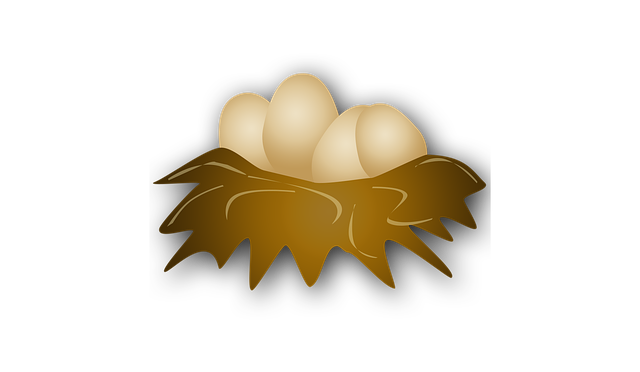Proper bird nest removal is crucial for maintaining a safe, healthy environment in residential areas, preventing structural damage from droppings, and mitigating health risks from bacteria and parasites. Professional bird nest removal services offer comprehensive solutions by safely eliminating nests, sanitizing affected areas with specialized equipment, and applying protective coatings to prevent re-nesting. These experts handle complex situations, adhere to regulations regarding protected species, and ensure both bird safety and structural integrity through thorough cleaning and sanitation practices.
After safely removing a bird’s nest, thorough cleaning and sanitation are crucial steps to prevent health risks and ensure the area is fit for future use. This article guides you through the process, from understanding the significance of proper nest removal to implementing effective sanitation techniques. We’ll explore when it’s best to seek professional bird nest removal services to maintain a safe and hygienic environment. Learn how to effectively navigate this process and protect your space.
Understanding the Importance of Proper Nest Removal
Proper nest removal is crucial, especially after birds have made their homes in structures like roofs or chimneys. While it might seem like a simple task, it’s important to understand that bird nests can harbor bacteria and parasites that pose health risks when left unattended. Bird droppings are acidic and can cause damage to buildings over time, leading to costly repairs.
Engaging professional bird nest removal services ensures not only the safe and complete elimination of nests but also prevents birds from returning and building new ones in the same area. These services employ specialized equipment and knowledge to clean and sanitize the affected areas thoroughly, minimizing health hazards and structural damage.
The Process of Thorough Cleaning After Nest Removal
After a bird nest has been safely removed, the next critical step is thorough cleaning and sanitation to prevent any potential health risks or future infestations. This process involves several meticulous stages that are best handled by professional bird nest removal services.
First, experts will thoroughly inspect the area to identify any residual feathers, eggshells, or other nesting materials. These items are then carefully collected and disposed of properly to avoid attracting pests or causing allergies. The next step includes a deep clean using specialized equipment and disinfectants that eliminate bacteria, fungi, and parasites that may have been present in the nest. Finally, all surfaces are thoroughly dried to prevent mold growth before applying a protective coating to ensure the area remains sanitized and free from future bird habitat.
Sanitation Techniques for Bird Nest Sites
After a bird nest has been safely removed, proper sanitation techniques are crucial to ensure a clean and safe environment. The first step involves thoroughly cleaning the site with mild soap and warm water to eliminate any remaining feathers, egg shells, or other organic matter. This process helps prevent the spread of diseases and parasites that might be carried by the birds.
For more robust sanitization, especially in cases where bird droppings were present, a diluted bleach solution (one part bleach to ten parts water) can be used. It’s important to allow sufficient time for disinfection before proceeding with any reconstruction or repurposing of the space. Professional bird nest removal services often employ these techniques to ensure that the area is not only clean but also safe for future inhabitants and compliant with health and safety regulations.
When to Seek Professional Bird Nest Removal Services
If a bird nest has taken up residence in your home or on your property, it’s crucial to address the situation promptly and safely. While DIY methods can be considered for smaller nests, more complex situations call for professional intervention. Bird nest removal services are equipped to handle various challenges, from inaccessible locations to potential hazards associated with certain species’ nests.
Seeking expert assistance is particularly important when dealing with large or high nests, as these often require specialized equipment and knowledge to ensure the safety of both the birds and the people involved. Additionally, some bird species are protected by law, making it essential to engage professionals who understand the legal and ethical considerations surrounding bird nest removal.
After removing a bird nest, proper cleaning and sanitation are essential to prevent disease spread and ensure the safety of your home. Following the steps outlined in this article—from understanding the process to employing effective sanitation techniques—will help maintain a healthy environment. For extensive or hard-to-reach nests, consider seeking professional bird nest removal services for comprehensive and safe solutions.
